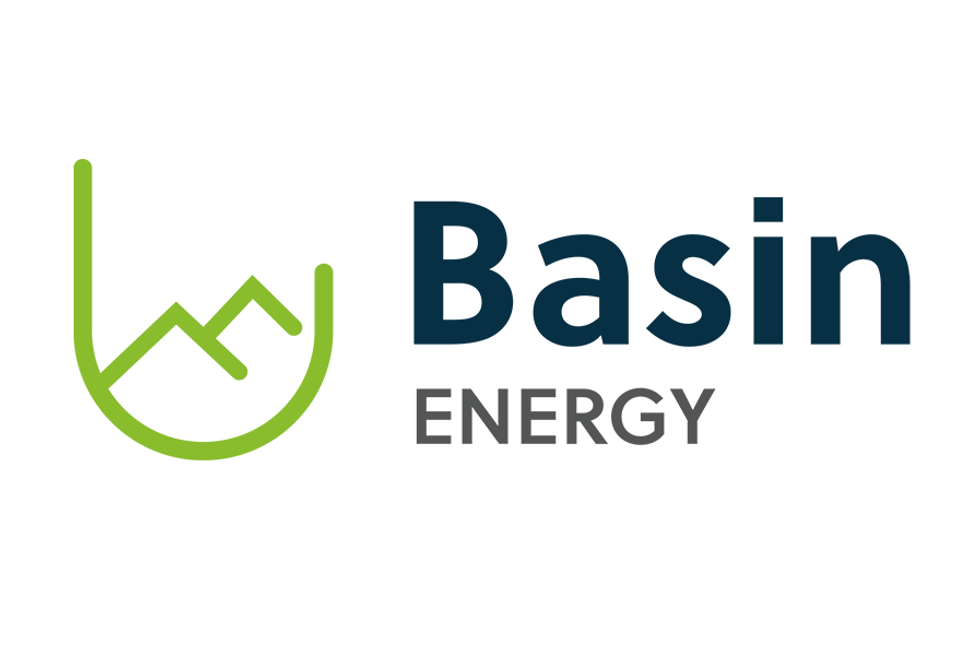How Geopolitics are Impacting the Nuclear Fuel Sector
As green initiatives make uranium increasingly appealing, supply chain concerns are highlighting the need for countries across the globe to step up their work across the nuclear fuel sector.

As the war in Ukraine stretches into the third month, it has become evident that the energy sector has been disproportionately affected by embargoes, bans and sanctions against Russia.
With West Texas and Brent Crude oil holding above US$100 a barrel, motorists in North America have seen gas prices rise to record highs. Similarly, natural gas prices have also hit fresh highs this year, as well as coal, which hit an all-time high of US$422 per metric ton (MT) in March.
Uranium, the energy fuel used to power nuclear generators for electricity production, has also experienced a significant price increase since Russia invaded Ukraine.
On February 23, 2022 — the day the invasion began — the spot price for U3O8 was US$44.16 per pound. By mid-April the per pound value had increased by US$20, for the second time since September 2021.
Now holding in the US$55 range, uranium is positioned to continue a steady growth trend, as its value as an integral part of the green economy becomes more important and supply of other energy sources becomes precarious.
“There is no doubt that Russia’s war in Ukraine is reshaping not only the nuclear fuel industry, but the world at large,” Ana Bryndza, executive vice president at UxC, told INN. “There has been a notable resurgence of interest in nuclear power and there are certainly openings for what could eventually become a nuclear renaissance.”
For Bryndza, how the nuclear sector moves ahead in this landscape will be especially important.
“It is key that the industry works hard to turn these openings and opportunities into real projects. It will be no small feat,” she said. “Importantly, increased electricity prices have eased the issues of the economics of reactor operations that have shut down and threatened multiple units over the last several years.”
Electricity generated through nuclear is not only cleaner than coal and natural gas, it is also cheaper. The consequences of this can be seen in Australia, a nation with no electricity production through nuclear, where electricity prices have risen as much as 150 percent over the last year.
Energy security a potential catalyst for nuclear industry growth
As uncertainty and green initiatives push nuclear energy conversations to the forefront, other issues have also risen around the need to ensure a safe, steady and uninterrupted supply of energy.
“The focus has really been on energy security,” John Kotek, senior vice president of policy development and public affairs at the Nuclear Energy Institute (NEI), said via email.
“Following the Russian assault on Ukraine we have seen a significant uptick in global interest in new nuclear, with the inclusion of nuclear in the EU taxonomy as an important barometer,” he said.
Kotek went on to note that the intersection of security and carbon-free energy offers an opportunity to the nuclear sector.
“As countries strive to achieve energy independence, many are turning to reliable, carbon-free nuclear energy,” he said. “This interest in carbon-free technologies offers a tremendous global export opportunity for new nuclear energy systems, as evidenced by the growing number of countries including nuclear energy in their long-term climate strategies.”
Growth through energy independence
However, like the oil and gas space, the uranium sector also has close ties to Russia. Ranking seventh in annual uranium output, the country produced 2,846 MT in 2020.
While Russia’s annual uranium mining represents a small fraction of the market, the country plays a large role in both the conversion and enrichment of nuclear fuel.
Conversion is an important upstream step in the fuel cycle where material is purified ahead of enrichment. In 2020 Russia, converted one third of global uranium.
In terms of enrichment, one of the final steps in the nuclear fuel production cycle, Russia possesses 43 percent of global enrichment capacity. International reliance on Russia’s role in the fuel cycle has been criticized in the past, and again is being highlighted by recent events.
“US nuclear energy innovators are well positioned to capture a sizeable share of this market, particularly as the Russian assault on Ukraine has highlighted the necessity of energy security and reliance on trustworthy energy partners,” Kotek said.
More mining capacity needed
In 2020, global mined output represented 74 percent of all demand according to the World Nuclear Association. The gap between supply and demand is likely to continue growing as new nuclear reactors come online and secondary supply is drawn down.
While new mines could take multiple decades to be built, new capacity could be brought on if existing mines are restarted. With spot prices now above the US$50 threshold, mine restarts are being planned.
Earlier this year, Cameco (TSX:CCO,NYSE:CCJ), a sector leader in production announced it would restart its McArthur River/Key Lake project, a property that once accounted for 13 percent of global mined supply and is considered the world’s largest high-grade uranium-producing mine.
The project was shuttered in 2017 after years of low uranium prices made the project economically unviable.
During a panel discussion at the World Nuclear Fuel Cycle conference in late April, Tim Gitzel, Cameco’s CEO, spoke about the challenges associated with restarting a mine, but was adamant that his company would have fresh pounds out of their Saskatchewan operations by year’s end.
“We have said 5 million pounds this year. We're hoping to get there. I think we're on track for that,” he told the attendees. “But it's not without risk. And the risks are the same ones I mentioned before. People, supply chain and inflation and we're seeing it.”
Cameco is also watching developments in the US, which could generate a significant demand for domestically produced uranium.
“Now you see the bills coming out to the US saying what happened to our production? How did we let it go down to zero when we consume 45 million pounds … and what should we do about that?” Gitzel said.
“So, we've got Wyoming and Nebraska facilities that under the right circumstances could come back on,” he added. “If (there is) a real drive for the US to have US production, then we'll look at those assets, and those could come back on again.”
The Cameco executive also cited the continued growth potential in Canada as well as promising projects in Australia as other ways to build capacity.
“It's all based on the politics and geopolitics,” he said.
Don’t forget to follow us @INN_Resource for real-time updates!
Securities Disclosure: I, Georgia Williams, hold no direct investment interest in any company mentioned in this article.
Editorial Disclosure: The Investing News Network does not guarantee the accuracy or thoroughness of the information reported in the interviews it conducts. The opinions expressed in these interviews do not reflect the opinions of the Investing News Network and do not constitute investment advice. All readers are encouraged to perform their own due diligence.
- Uranium Outlook 2022: Prices Have Broken Out, How High Will ... ›
- Largest Uranium-producing Countries | INN ›
- Uranium Stocks: 5 Biggest Companies in 2022 | INN ›
- Small Modular Reactors: Putting the “New” in Nuclear | INN ›
- Uranium Outlook 2022: Prices Have Broken Out, How High Will They Go? ›






